Categories
- Argentina
- Chile
- Antarctica
- Easter Island
- Falklands (Malvinas)
- Bolivia
- Peru
- Uruguay
- Paraguay
- Brazil
- Venezuela
- Colombia
- Ecuador
- Galapagos
- Panama
- Costa Rica
- Cuba
- Nicaragua
- Honduras
- El Salvador
- Guatemala
- Belize
- Mexico
- Latin American Xmas
Pages
- Street Art of Buenos Aires
- A week in Buenos Aires
- The Jesuit Missions in South America
- Contact Us
- Map of Central America
- First week in Latin America – October 2009
- Home Page
- Map of South America
Archives
- October 2011 (3)
- September 2011 (9)
- August 2011 (10)
- July 2011 (7)
- June 2011 (6)
- May 2011 (11)
- April 2011 (10)
- March 2011 (4)
- February 2011 (5)
- January 2011 (6)
- December 2010 (6)
- November 2010 (4)
- October 2010 (8)
- September 2010 (5)
- August 2010 (7)
- July 2010 (5)
- June 2010 (6)
- May 2010 (6)
- April 2010 (7)
- March 2010 (6)
- February 2010 (9)
- January 2010 (4)
- December 2009 (8)
- November 2009 (5)
- October 2009 (2)
Xmas in Popayán
26th December 2010
Popayán [10] is another beautiful, old colonial town and a pleasant place to spend a few days. The tamales here are the best we´ve had. Chicken and meat, combined with slices of potato, chick peas, peanuts and a corn mixture, is wrapped together in banana leaves and steamed to make a delicious and filling meal.
.
We arrived in Popayán on Christmas Eve after a slow, bumpy bus ride through the mountains from San Agustín, 6 hours to do 120 kilometres. The road was rough but the scenery magnificent. Our hostel, Hostel Trail had organised Christmas drinks and food that evening and a lovely traditional lunch for all the hostel guests on Christmas day at a nearby restaurant.
.
On Tuesdays, the nearby village of Silvia [11] comes alive. The local Guambiano Indians, in colourful traditional dress, come to buy and sell fruit, vegetables and meat at the weekly market.
.
Tierradentro [12] (meaning under the ground), four and a half hours away by local bus is another important archaeological site. Our 5 am bus soon filled with families and farmers taking produce and fresh milk to market as it climbed above 3000 meters passing forests, fields and farms.
About 100 tombs have been discovered in the hillsides as well as a few stone statues. Each tomb is accessed by a well about 2 meters in diameter with spiral or zigzag stairs leading down to the tomb which can be as much as 5 meters deep. They range from 2 to 7 metres across with huge carved pillars. Domed ceilings and the walls are painted with geometric designs in red and black, some remarkably well preserved. This burial method is different to that used in San Agustín and unique in the Americas. We followed the path uphill and along the valley, passing the sites, to arrive at San Andrés de Pisimbalá where we found cold beer, delicious food and a good bed at La Portada.
.
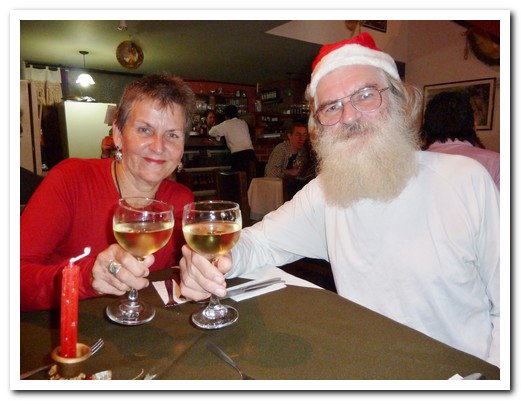
Xmas dinner in Popayán
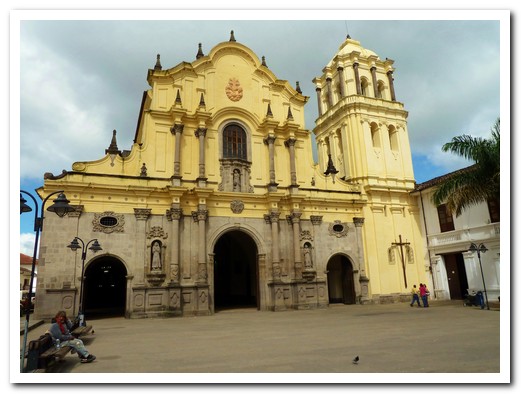
The yellow Iglesia San Francisco
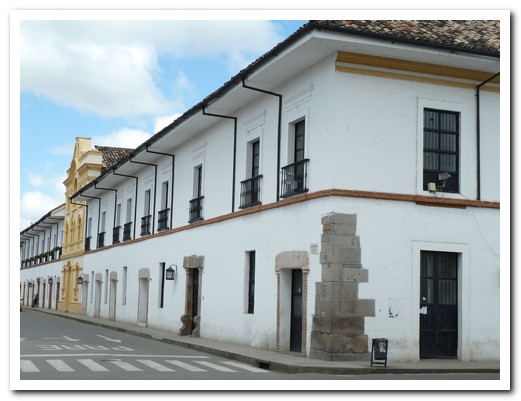
The old part of Popayán
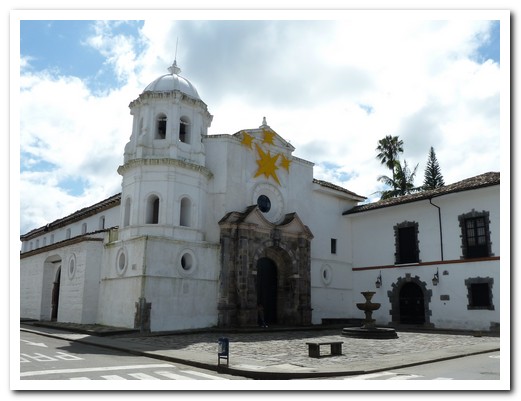
Iglesia Santo Domingo
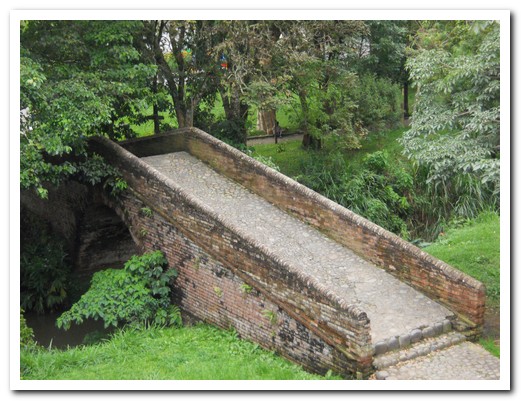
1713 bridge
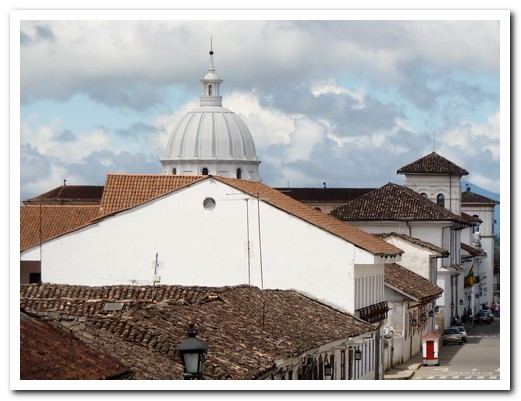
Dome of the Cathedral
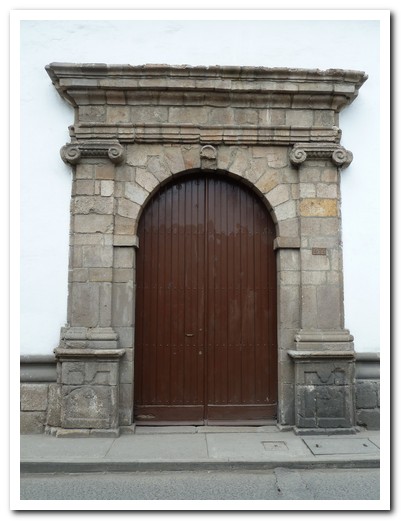
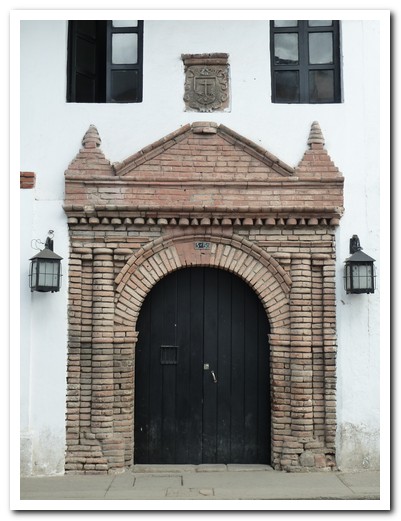
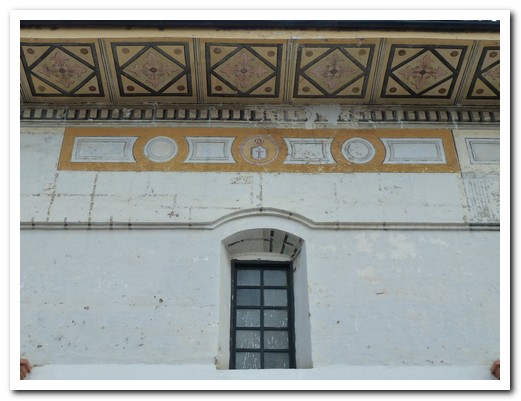
Painted eave of another church
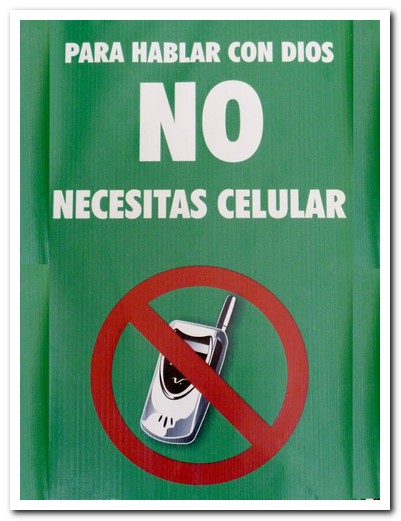
In the Cathedral - ¨To talk to God you don´t need a mobile phone¨
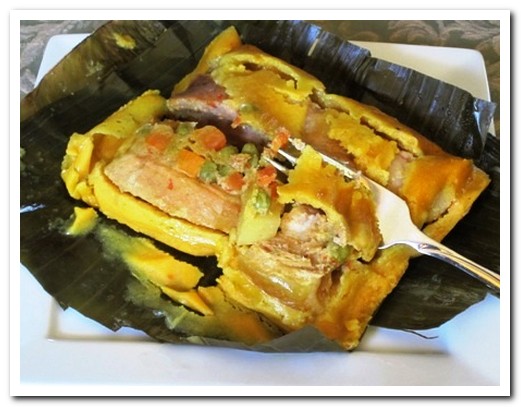
Tamale
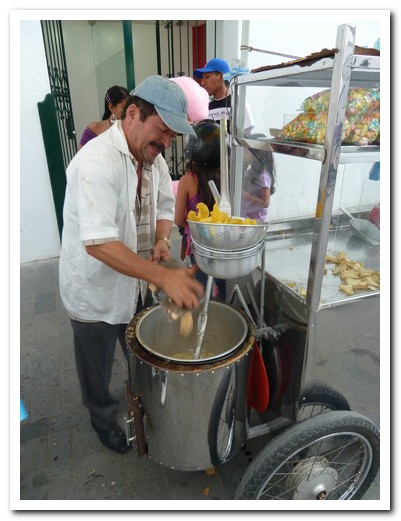
Street vendor making banana chips - yum!
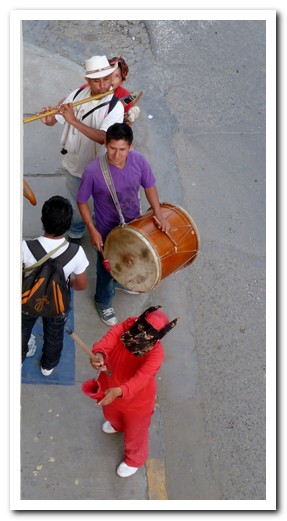
Devil dancing in the street
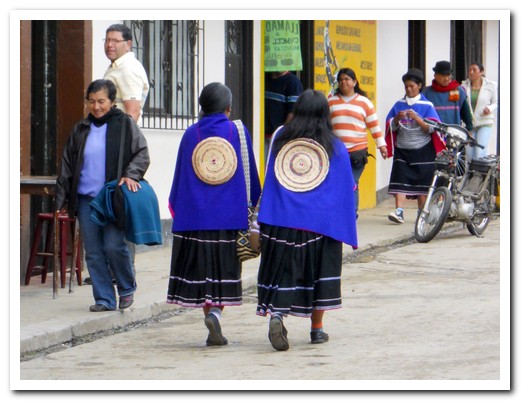
Local women heading to the market in Silvia
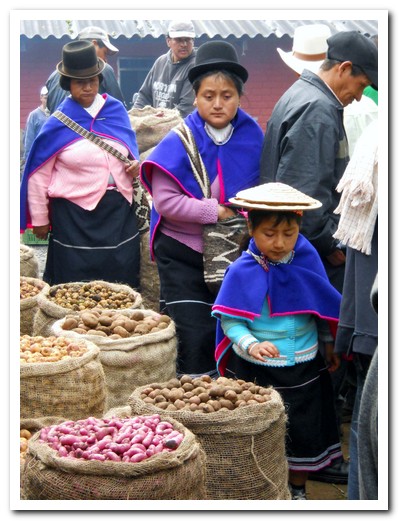
Eyeing off the potatoes in Silvia´s market
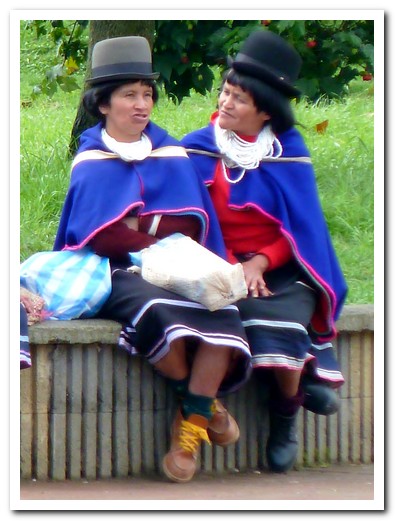
2 ladies chatting
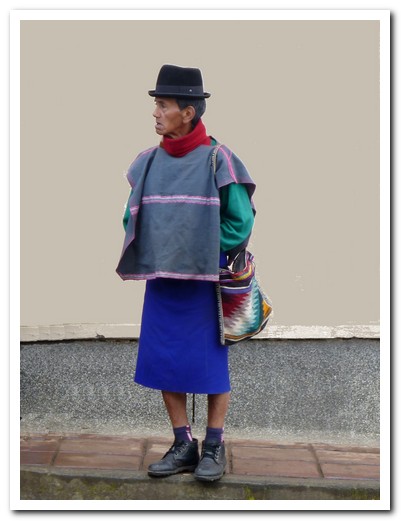
Local man in traditional dress
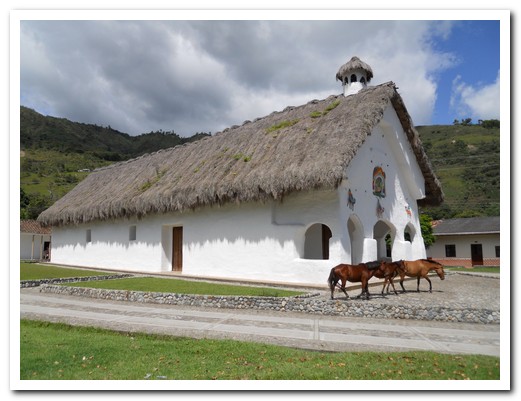
Thatched roof church at San Andrés
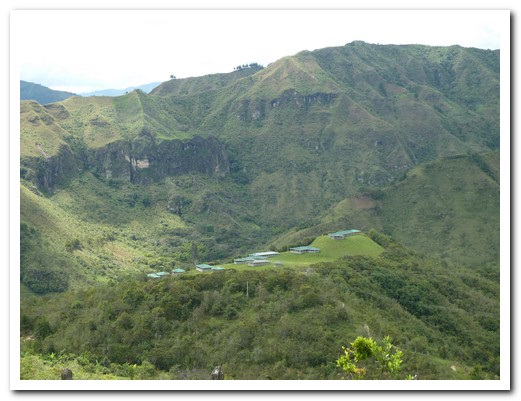
Underground tombs found on a ridge high in the mountains (protected by iron roofs)
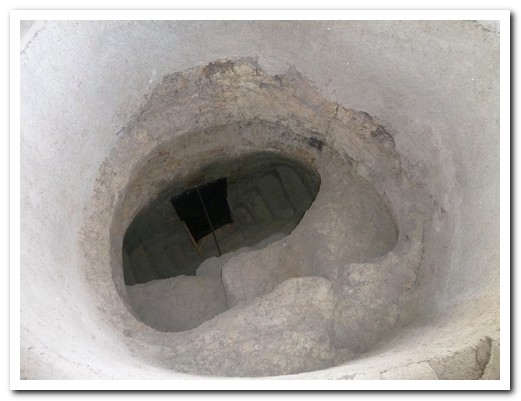
Typical entrance to a tomb, this one original
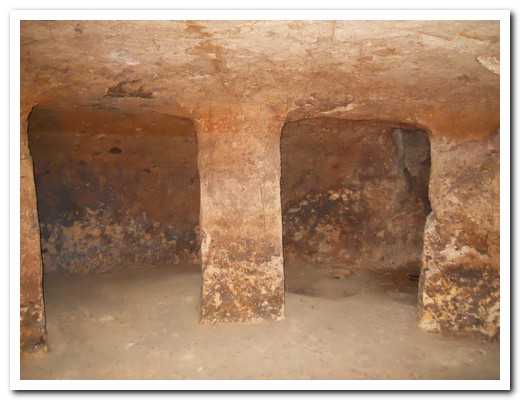
Simple, unpainted tomb
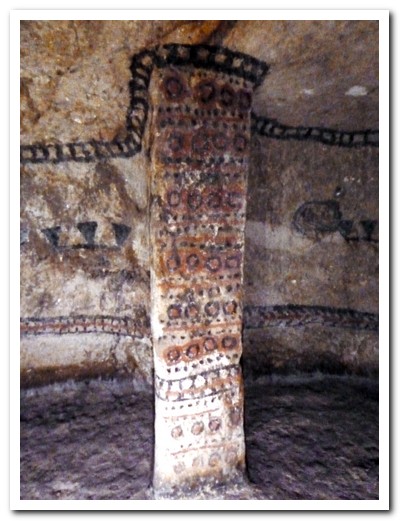
One of the painted tombs
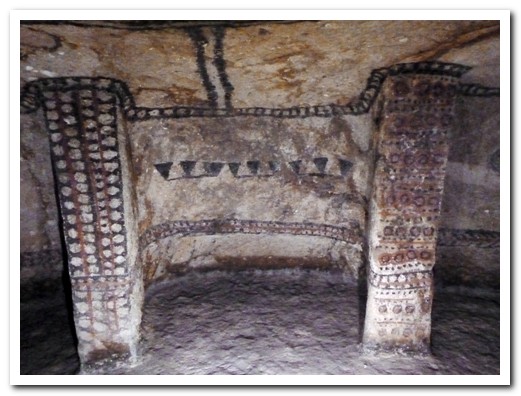
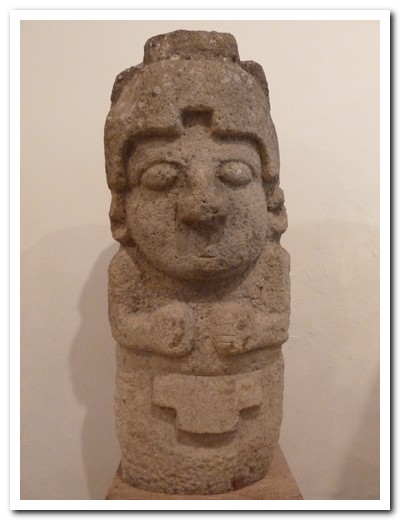
Statue, about 1 meter high
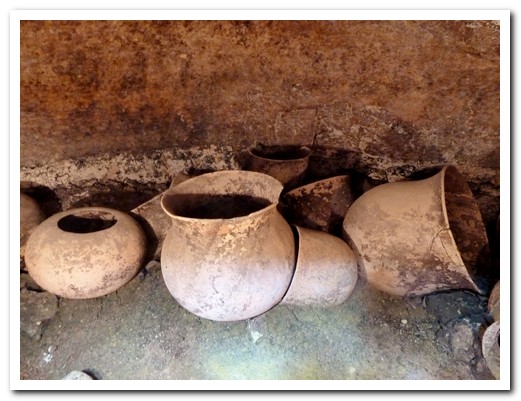
These pots contain cremated human remains
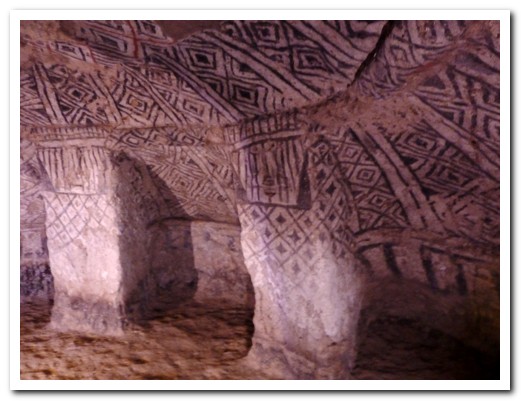
A more elaborate tomb
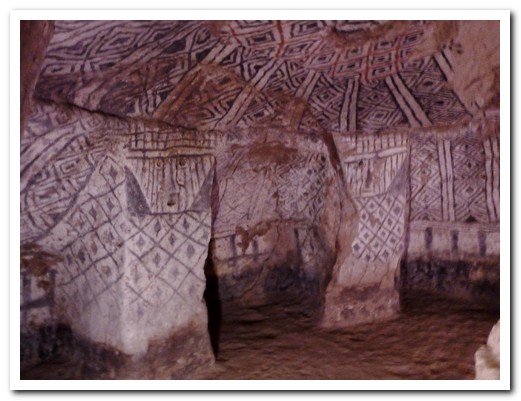
Beautifully decorated ceiling
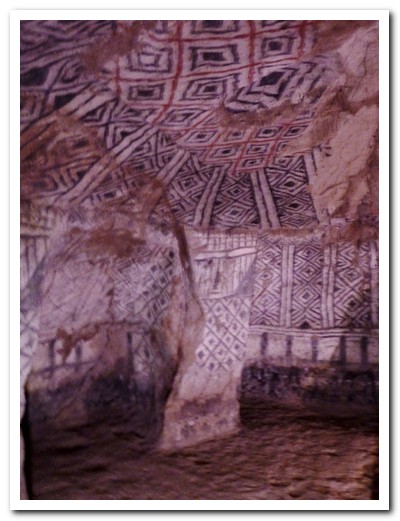
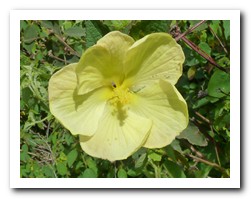
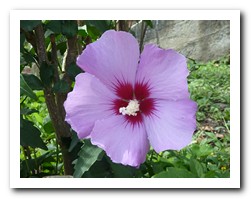
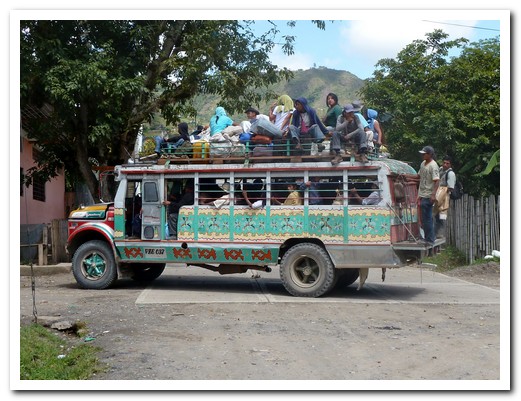
Always room for one more on a chiva!
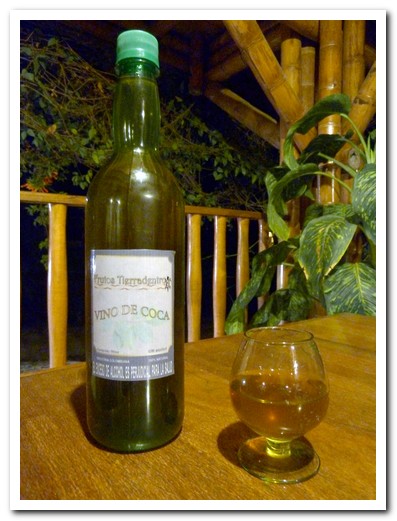
We enjoyed the locally made Coca wine so much we bought a bottle
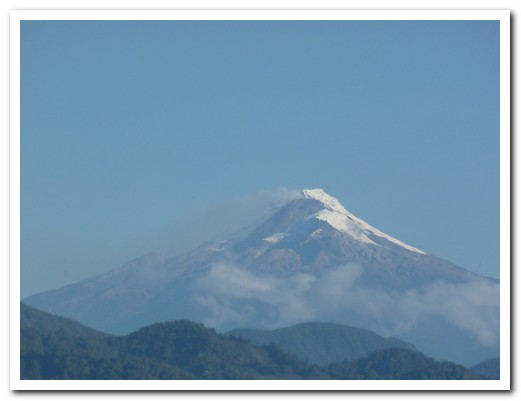
Mountain scenery